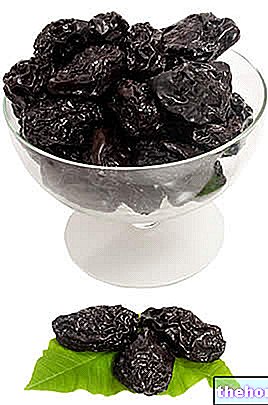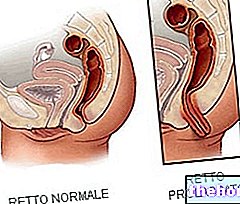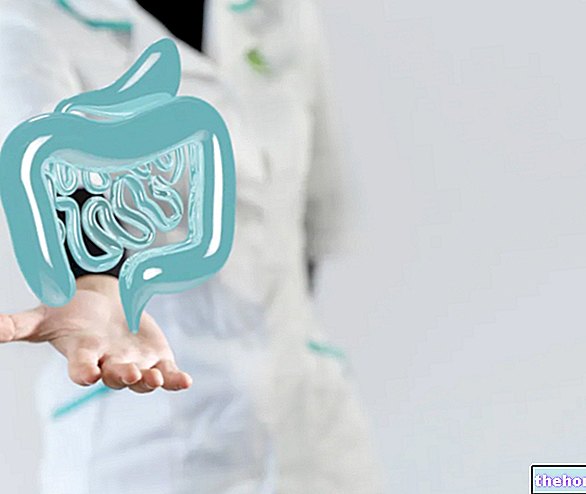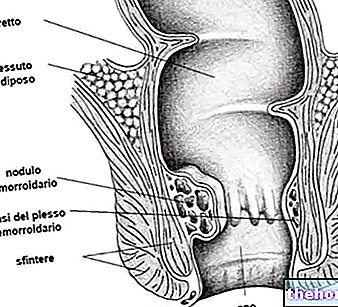Generality
Intestinal gases are made up of 99% nitrogen, oxygen, carbon dioxide, hydrogen and methane. However, the bad odor is not conferred by these major components, but by the very small percentage of sulfur dioxide, hydrogen sulphide, indole, volatile fatty acids and skatole.

Causes - Why are they formed?
The predominant contribution is given by the "air ingested during swallowing. For this reason people who drink and eat hastily, or talk a lot during meals, are more prone to flatulence problems. The same goes for smokers and for those who have" habit of frequently chewing gum or tobacco; finally, a significant contribution to the formation of intestinal gas is given by the air contained in food; for example, smoothies and carbonated drinks are rich in it, while some antacids, such as sodium bicarbonate, produce significant quantities of carbon dioxide in the stomach. For the same reason, large volumes of carbon dioxide are continuously formed due to the neutralization of gastric acids by pancreatic and biliary bicarbonates. Fortunately, the several liters of CO2 developed by these reactions quickly pass into the bloodstream to be eliminated by breathing. level of the colon, another physiologically important contribution is that of carbon dioxide which passes from the blood to the intestinal lumen, crossing the mucosa; this passage is in any case bidirectional and as such also allows the reabsorption of enteric CO2, favored by a higher partial pressure to the plasma one.
As known to most people, the origin of intestinal gas can also be traced back to the activity of bacteria present in the large intestine. These microorganisms ferment residues of undigested or non-absorbed food, drawing energy from it and releasing gas; it follows that the greater it is the concentration of non-absorbed substances at colic level and the greater the production of intestinal gas. In people intolerant to lactose, for example, the inability to digest this sugar leads to the formation of large quantities of intestinal gas by the local microflora. Similarly, the flatulence associated with the consumption of legumes is linked to their content in non-digestible oligosaccharides (stachyose and raffinose), which in the large intestine give rise to massive fermentation by bacteria.
Flatulence and meteorism
For meteorism we mean an excess of gas in the intestinal lumen, the direct consequence of which, that is an "abnormal emission of gas from the rectum, is called flatulence. It must be said, however, that several patients who suffer from meteorism (distension and abdominal cramps ), have a normal intestinal gaseous content. In these cases at the origin of the problem there is very often an altered intestinal motility, which produces rapid movements of gas with acute and painful distension of some loops.
On average, the number of daily expulsions of intestinal gas through the rectum is equal to 14 acts, while we talk about flatulence when this number exceeds 25 episodes.
Foods that increase intestinal gas
There is a long list of foods traditionally believed to be responsible for the increase in intestinal gas. These include:
Beans, foods high in lactose, lentils, broad beans, peas, chickpeas, soy, simple sugars (especially fructose), polyols (sorbitol), fresh bread, turnips, celery, radishes, horseradish, yeast, cabbage, sprouts Brussels, cauliflower, water and carbonated soft drinks, sparkling wines, sauerkraut, cabbage, savoy cabbage, cabbage, cucumbers, shallots, peppers, celery, onions, garlic, chilli, watermelon, melon, apple, avocado, chestnuts, walnuts, hazelnuts, almonds, dried figs and dried fruit, whipped cream, mayonnaise, milkshake.
Much depends, however, on individual variability, in the sense that products that are well tolerated by some could be problematic for others, and vice versa. Other important factors to consider are:
- the amount of food consumed;
- the association with other foods within the same meal (evaluate both the type of foods and the overall volume of food ingested; for example, meals that are too abundant or eaten too close to previous meals tend to increase the formation of intestinal gas) ;
- any basic ailments (gastritis, ulcers, intolerances, etc.)
- the speed of chewing (a meal eaten in a hurry creates greater digestive disorders)
- the level of stress (intestinal disorders tend to increase as stress increases).
Combat excess gas
See the specific article on the treatment of flatulence.




























